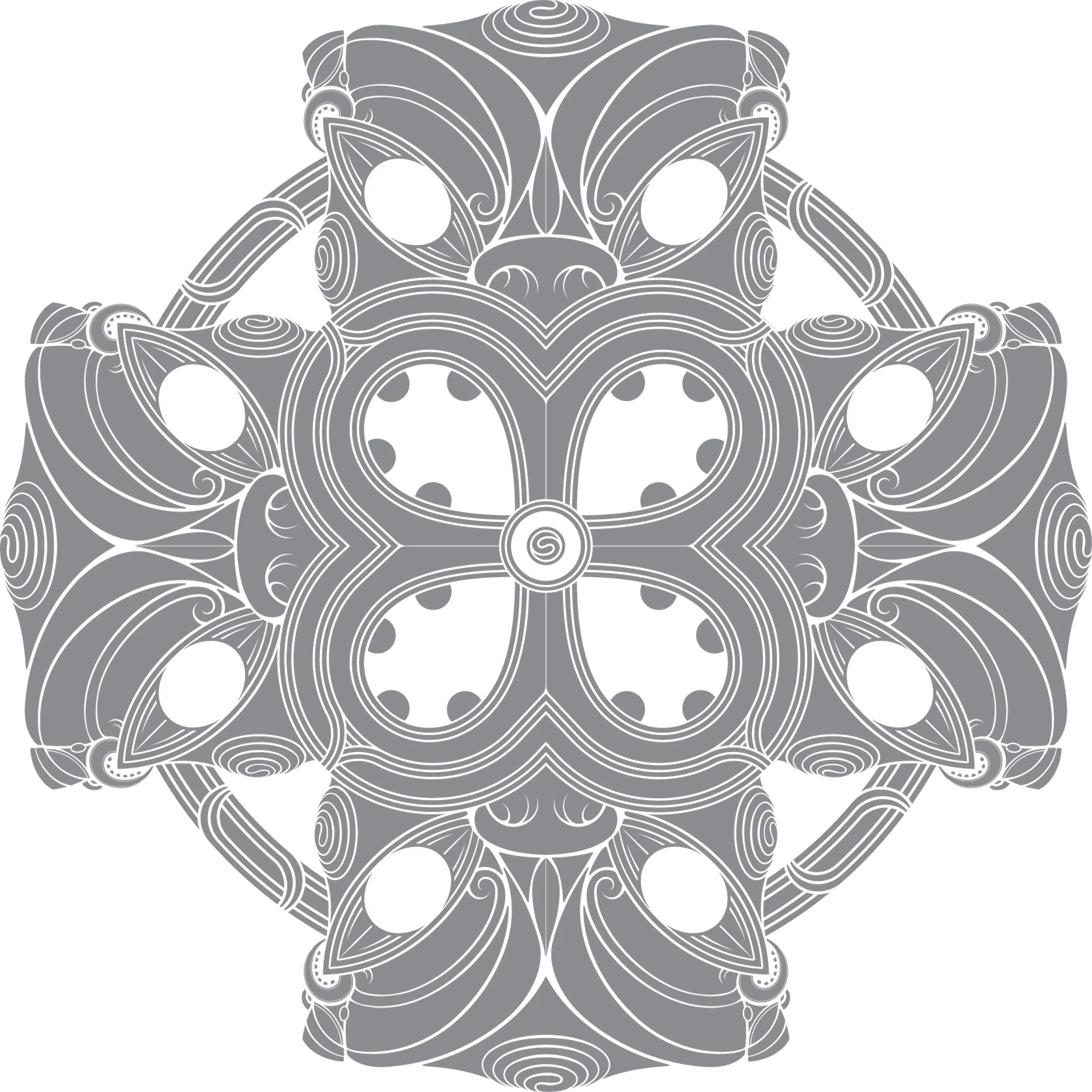Te Whakatinanatanga o te Whakaaro is a practical design model developed by Haumi to support consistent, kaupapa-aligned decision-making across Māori visual design. At the heart of this approach is whakaaro: the clarity of intent. Māori design must be purpose-led, relational, and responsive to context. At Haumi, this design model is guided by Te Tūturutanga o te Whakaaro, a methodology that safeguards the conceptual coherence and cultural integrity of both process and outcome.
Te Whakatinanatanga o te Whakaaro provides a structure for determining both the level and style of representation — whether material, cultural, or philosophical — and ensures that design outcomes are anchored with purpose. Expressions may be subtle and embedded or direct and explicit, depending on the kaupapa and context. Grounded in whakapapa, the model helps guide our design decisions with clarity and care, and fosters the enduring relationship between creative practice and the taiao.
Te Whakatinanatanga o te Whakaaro is a practical design model developed by Haumi to support consistent, kaupapa-aligned decision-making across Māori visual design. At the heart of this approach is whakaaro: the clarity of intent. Māori design must be purpose-led, relational, and responsive to context. At Haumi, this design model is guided by Te Tūturutanga o te Whakaaro, a methodology that safeguards the conceptual coherence and cultural integrity of both process and outcome.
Te Whakatinanatanga o te Whakaaro provides a structure for determining both the level and style of representation — whether material, cultural, or philosophical — and ensures that design outcomes are anchored with purpose. Expressions may be subtle and embedded or direct and explicit, depending on the kaupapa and context. Grounded in whakapapa, the model helps guide our design decisions with clarity and care, and fosters the enduring relationship between creative practice and the taiao.
This wāhanga is defined by design responses that are present but not overt, and by cultural expression that is embedded, not declared. It is guided by the power of whakaaro to reveal meaning through absence, subtlety, and resonance rather than through recognisable archetypes.
Design decisions in this wāhanga emerge through spatial sequencing, proportion, tactility, and responsiveness to site and context. Forms and patterns are not directly symbolic but are drawn from the corpus of the taiao, aligning with the deep structures and rhythms that underpin Māori creative practice. Meaning unfolds experientially and relationally through interaction, movement, and atmosphere. Ka Rongo invites reflection and heightened sensitivity to context and connection.
This wāhanga is defined by the intentional meeting of two design lineages: Māori cultural principles and contemporary design systems. It recognises the tensions and opportunities that arise when distinct ways of thinking, making, and knowing intersect. At the heart of Ka Whiti is a dynamic and productive duality between differing geometries, materials, and worldviews.
Design responses in this wāhanga draw from inherited systems, translating their logic into contemporary contexts. These forms are not used ornamentally but are activated through structure, proportion, sequence, and interface. This approach involves negotiating the organic, pattern-based geometries of the taiao with the imposed order of human-designed systems or aligning the whakapapa of Māori design with the aesthetic codes of modern practice. Rather than favouring one over the other, Ka Whiti generates form through an ongoing negotiation between confluence and contrast, and convergence and divergence.
This wāhanga is defined by direct and highly legible expressions of Māori identity. It draws on recognisable forms and practices from ngā toi Māori to assert whakapapa, communicate narrative, and embed cultural presence clearly within the built environment. These expressions are not decorative, but purposeful interventions — material statements that carry the weight of history, mana tuku iho, and identity.
Ka Ata reflects the active continuum of Māori design. Its forms are not only aesthetic but genealogical, tracing back to the taiao as the original source of design logic. Whatever puna toi it draws from, the design language is declarative and unapologetic, serving as a visible foundation for kaupapa. While Ka Ata is the most explicit of the three wāhanga, its effectiveness still relies on integrity of form, placement, and meaning. Expression is authored with care, ensuring it speaks clearly within context and remains accountable to kaupapa.
